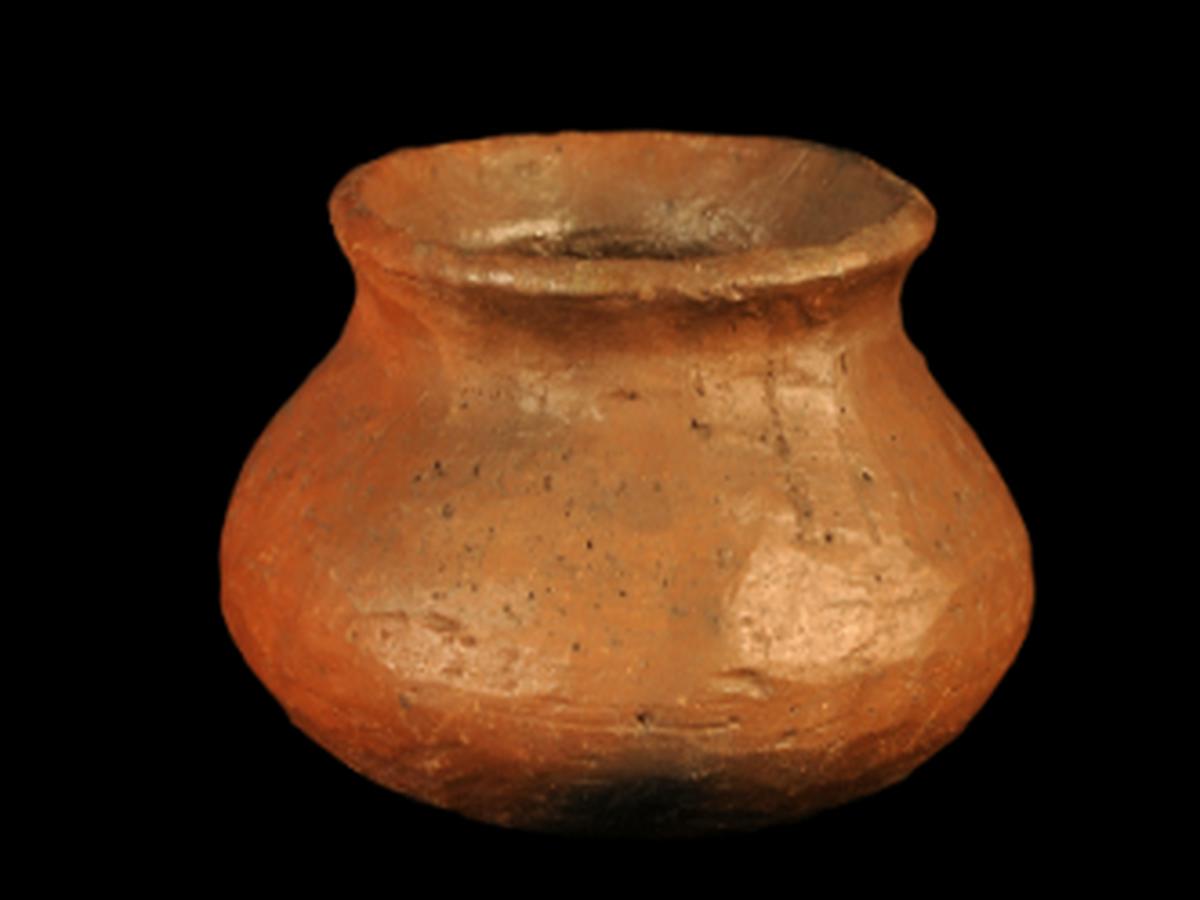State
Tribe Name
Art Type
short description
The tiny earthen pitcher demonstrates the artistic excellence of the Gadaba tribe in pottery; this art is their lifeblood, their culture. The Gadaba is a hill people of Odisha and Andhra Pradesh; their agrarian way of life has a very complicated understanding of traditional handicrafts from raw materials.
Thumbnail

Filter Postion
Left
Filter Background
Off
Theme
Filter Header Image

content
Image

description
The tiny earthen pitcher demonstrates the artistic excellence of the Gadaba tribe in pottery; this art is their lifeblood, their culture. The Gadaba is a hill people of Odisha and Andhra Pradesh; their agrarian way of life has a very complicated understanding of traditional handicrafts from raw materials.
The surface of the jug is smooth and plain on the outside, expressing the inner charm of Gadaba pottery. Jar consists of a broad rim, a short neck, and the midsection bulges outward into a round shape. This is an ergonomic design that serves the holding and pouring purposes of drinks, which are generally common in the tribe's food, such as water, fermented drinks, and milk. The clay of the locality was used for making this typical earthen jug; it is such that it is made after careful molding and hand shaping, and firing in the old traditional ovens. It is very simple, very unpretentious form against very practical and durable jug, showing how the Gadabas matched the functionality with their artistic heritage. This kind of pottery is made for domestic use but is of great importance in the cultural heritage of the tribe (Elwin, 1950).
The surface of the jug is smooth and plain on the outside, expressing the inner charm of Gadaba pottery. Jar consists of a broad rim, a short neck, and the midsection bulges outward into a round shape. This is an ergonomic design that serves the holding and pouring purposes of drinks, which are generally common in the tribe's food, such as water, fermented drinks, and milk. The clay of the locality was used for making this typical earthen jug; it is such that it is made after careful molding and hand shaping, and firing in the old traditional ovens. It is very simple, very unpretentious form against very practical and durable jug, showing how the Gadabas matched the functionality with their artistic heritage. This kind of pottery is made for domestic use but is of great importance in the cultural heritage of the tribe (Elwin, 1950).
Image Mode
landscape
promoted
On
Verified
Off
